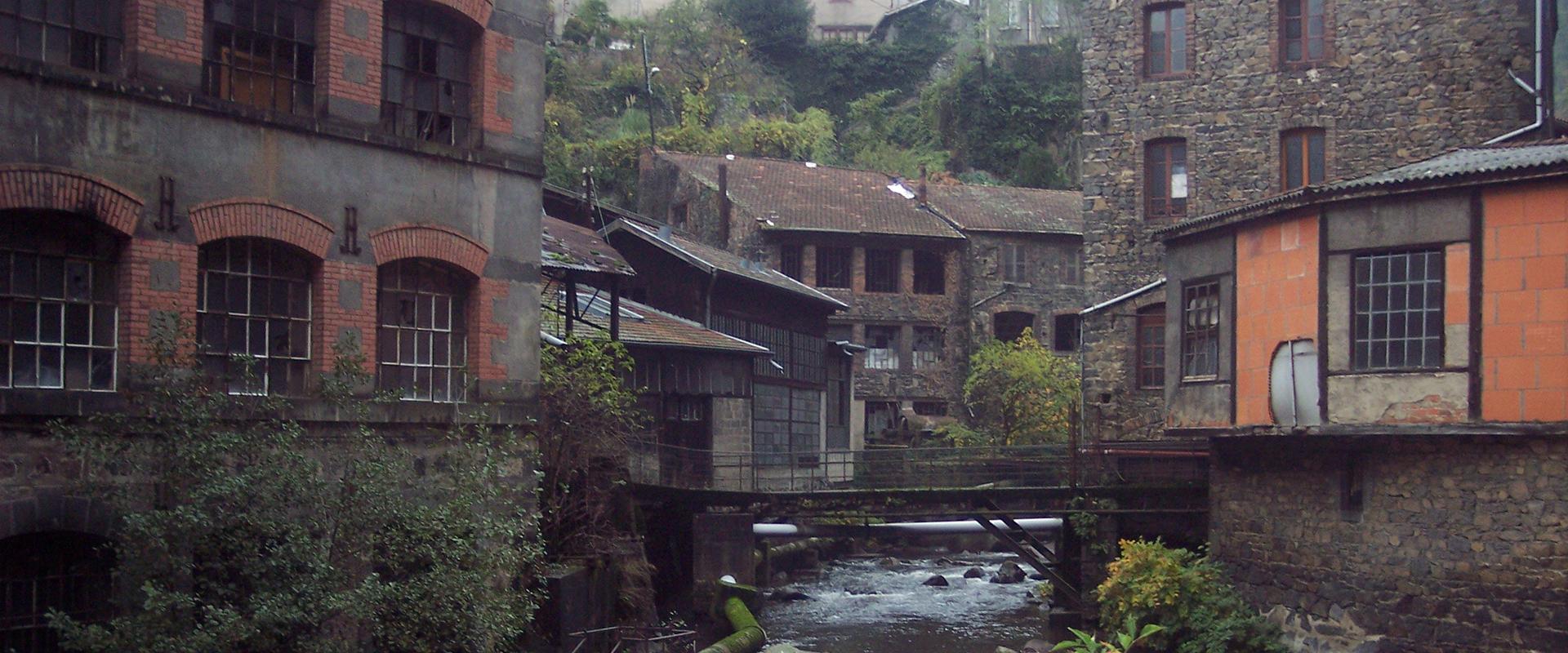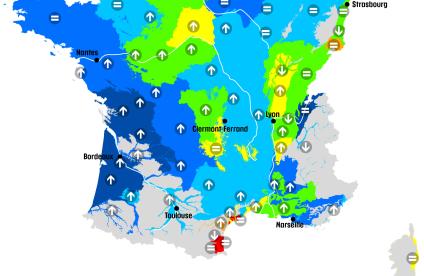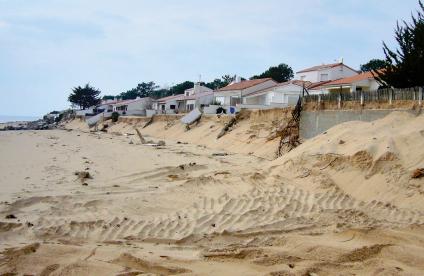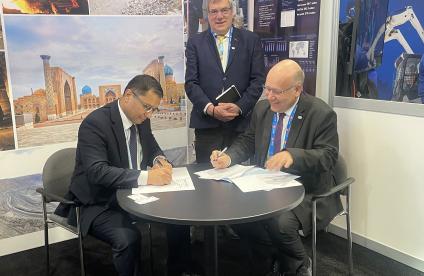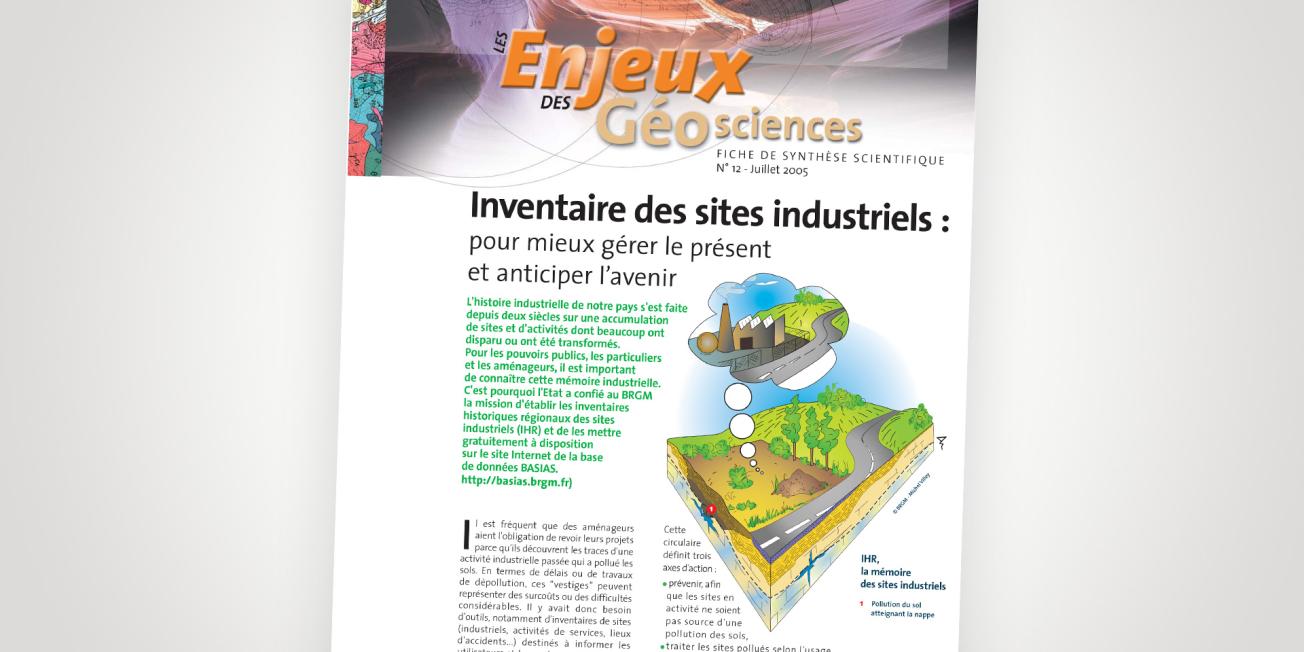
Cover of the data sheet.
© BRGM
Pollution of industrial sites: improving management of the current situation and anticipating the future
Developers frequently have to alter their projects because they find traces of past industrial activities that have polluted the ground. In terms of delays or decontamination works, these traces may result in considerable extra costs or difficulties. There has been a need for tools, in particular lists of sites (industrial sites, service sites, accident locations, etc.) to provide information for users and current or future developers so that they can anticipate the consequences of any pollution.
The increasing awareness of this problem on the part of the State dates back from a ministerial circular of 3 December 1993, which introduced regional historical inventories (IHR), the principles of which were incorporated in the Act of 17 January 2001 concerning the Environment Code and classified facilities.
This circular identifies three areas of action:
- preventing currently operational sites from becoming sources of soil contamination;
- treating contaminated sites according to their intended use to ensure protection of people and the environment;
- keeping (or reconstituting) a database of sites that are or may become contaminated, so that any new development can be preceded by the studies and works required to maintain this protection.
300,000 industrial sites to be listed
The “industrial database” is preceded by a systematic and organised search of the sites involved, accompanied by creation of the Regional Historical Inventory (IHR) of old industrial sites and currently operational or non-operational service sites, without prejudice to any possible contamination. All the data collected in the inventory are included in the Database of Old Industrial Sites and Service Activity Sites (BASIAS).

